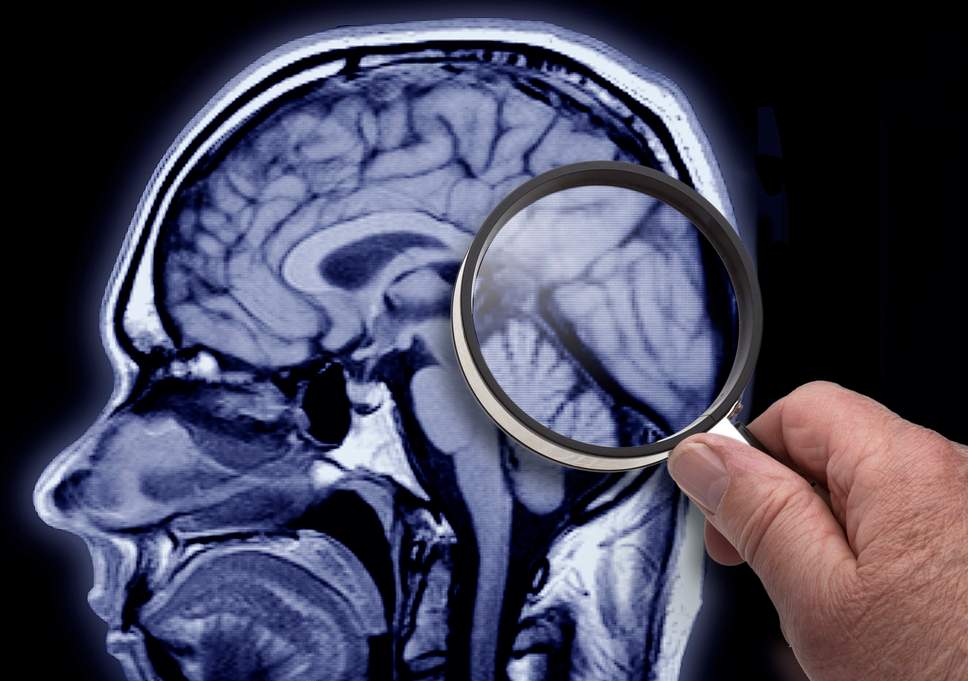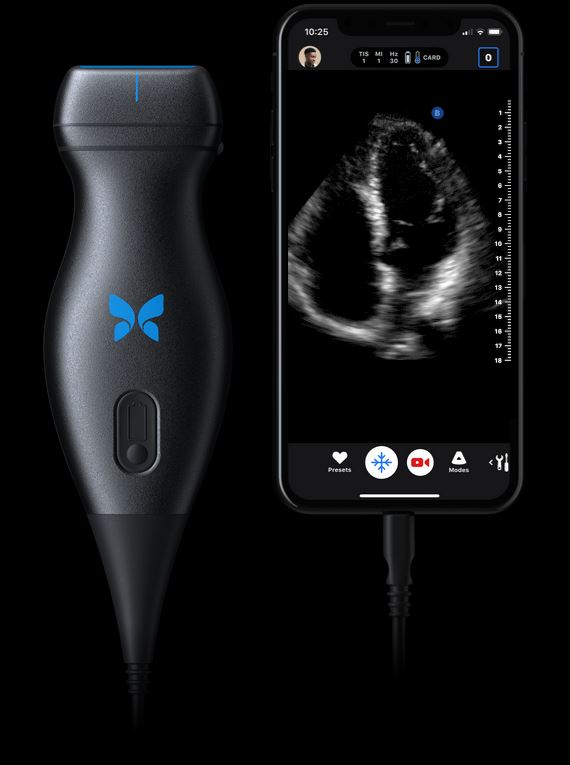As promised here is the future of ultrasound. As the technology is getting better, there are new ways of using ultrasound other than just diagnostics.
Neurological Treatment
New research is looking into taking the ultrasound system and using it to boost brain function. After 2 minutes of sending sound waves to the brain there was 8 minutes of enhanced brain activity. After the 8 minutes the brain returns to its baseline state. Ultrasound as a neurological treatment may help with depression, anxiety, alcohol and drug abuse, Alzheimer’s and schizophrenia. This treatment has fewer side effects. 1
 High intensity focused ultrasound (HIFU)
High intensity focused ultrasound (HIFU)
Ultrasound can be used as a treatment for cancer by using higher frequency sound waves. These sound waves are higher than the typical ultrasound used in diagnostics. It is possible to target certain areas with a magnified ultrasound beam and cause tissue necrosis. The area targeted can be killed using heat and inertial cavitation. 2 This is similar to using a magnifying glass and the sun’s rays.
Point of Care Ultrasound (POCUS) 
POCUS is where trained professionals (Doctors, EMTs, etc.) use ultrasound to determine if the patient has a life threatening condition. This would be used in hospitals, an ambulance or a remote village. They can treat patients right away without having to send them to the ultrasound department. 3 Their system is a small transducer and their smart phone.
Strain Elastography
Strain Elastography uses ultrasound waves to determine relative stiffness between adjacent tissues, and because cancer is usually stiffer than other tissue, strain elastography can be used to detect cancers that are superficial and deep. This could aid in early-state detection of benign and malignant cancers. 4 Strain can also be used to stage the progression of liver disease, specifically liver fibrosis/cirrhosis. As the liver gets fibrotic, it gets stiffer, which can be detected with ultrasound. 5

References:
[1] Why ultrasound imaging may be the future of neurological treatments. Elizabeth Dwyer. Medical Press. Dec 4, 2018. https://medicalxpress.com/news/2018-12-ultrasound-imaging-future-neurological-treatments.html
[2] High-intensity focused ultrasound in the treatment of solid tumours. James E. Kennedy. Nature reviews Cancer. 2005. http://citeseerx.ist.psu.edu/viewdoc/download?doi=10.1.1.455.9877&rep=rep1&type=pdf
[3] What is Pocus (point-of-care Ultrasound)? https://www.sonosite.com/ca/about/what-pocus-point-care-ultrasound
[4] Strain Elastography – How to Do it? Dietrich CF, Barr RG, Farrokh A, et al. Ultrasound International Open. 2017. https://www.ncbi.nlm.nih.gov/pmc/articles/PMC5720889/
[5] Ultrasound Elastography: Review of Techniques and Clinical Applications. Sigrist RMS, Liau J, Kaffas AE, et al. Theransotics. 2017. https://www.ncbi.nlm.nih.gov/pmc/articles/PMC5399595/
Image Cred: featured image, brain, Bart Simpson, transducer and tofu


 High intensity focused ultrasound (HIFU)
High intensity focused ultrasound (HIFU)